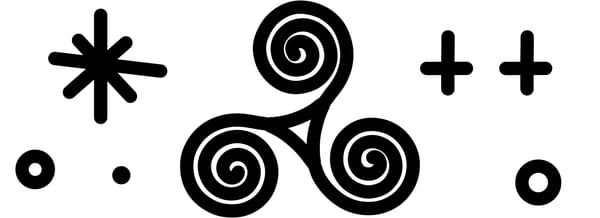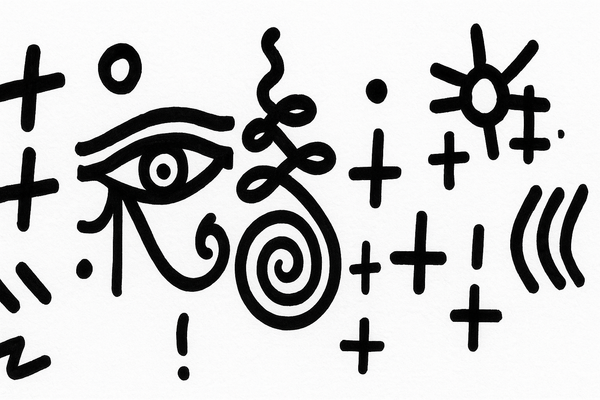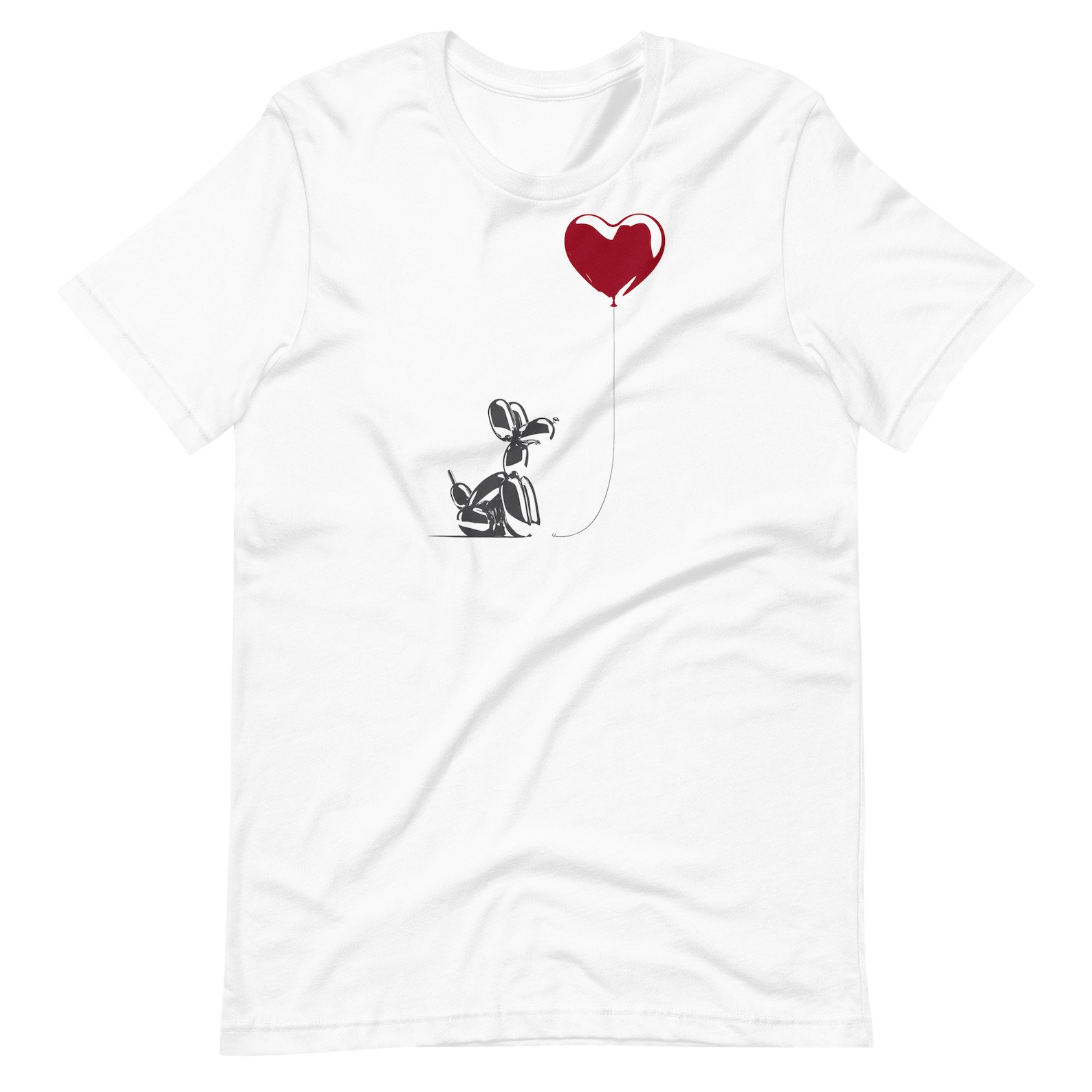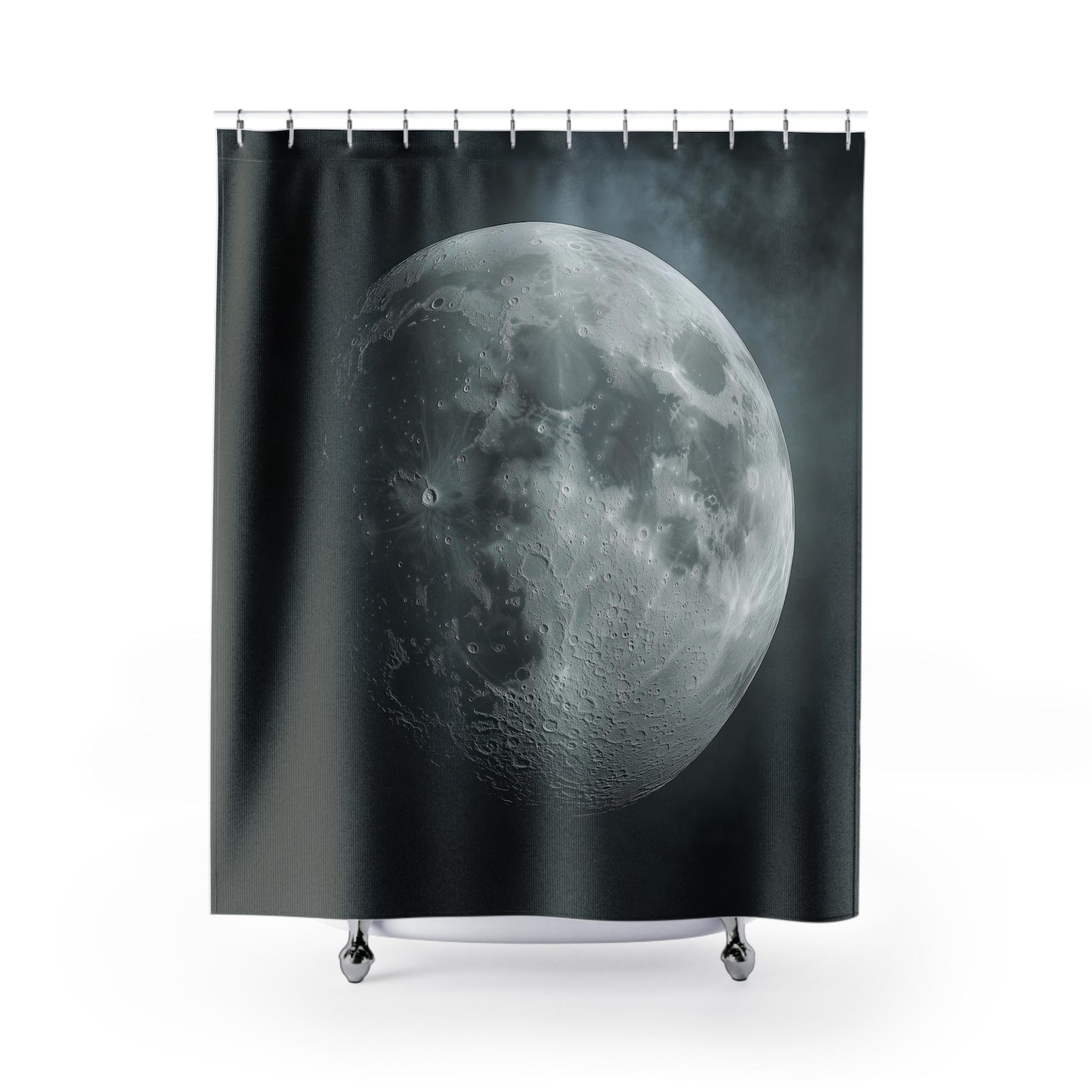The Vitruvian Line — Minimal Geometry Sweatshirt
Before it became an icon, the Vitruvian figure was just geometry under stress—Leonardo trying to make math fit a real human body.
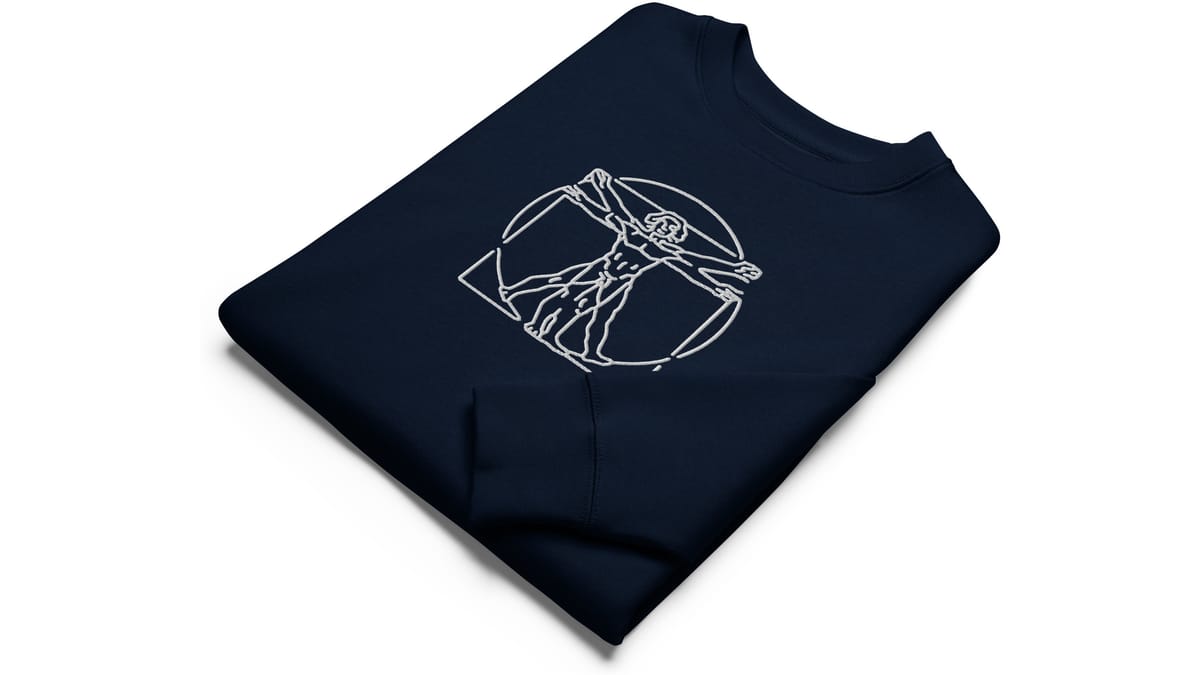
Why this drawing mattered more to Leonardo than it ever did to us.
The Vitruvian Man wasn’t created as an icon. Leonardo sketched it in the middle of his geometry notes, trying to solve a problem he found in an ancient architect’s writing. Vitruvius claimed the human body fit perfectly into a square and a circle—an ideal proportional system, almost divine.
Leonardo checked the math and realized it didn’t add up.
Instead of abandoning it, he adjusted the proportions, shifted the centers of the square and circle, and drafted a compromise that revealed something more interesting than perfection: the gap between theory and real life.
A few things most people never learn:
- The drawing is a diagram, not a masterpiece. It was meant as a visual footnote—an illustration buried inside a notebook, not an artwork for display.
- The square and circle don’t share a center—on purpose. Leonardo moved the geometry around because Vitruvius’ proportions didn’t fit a real human body.
- It’s one of his cleanest drawings. No redrafts, no reworked layers, no visible corrections. For a man who obsessively revised everything, this one feels unusually decisive.
The result is a study of balance, precision, and human limitation—living exactly between art and engineering.
Why it works on clothing.
The embroidered version cuts the drawing down to its essentials: line, symmetry, structure. No shading, no parchment texture, no Renaissance ornament—just the underlying geometry.
It reads like a quiet blueprint of a human idea: how we try to fit inside systems, and how rarely we actually do.
Clean embroidery turns it into a permanent mark, not a print—something you can wear without it shouting. Minimal, intentional, and a little bit technical.
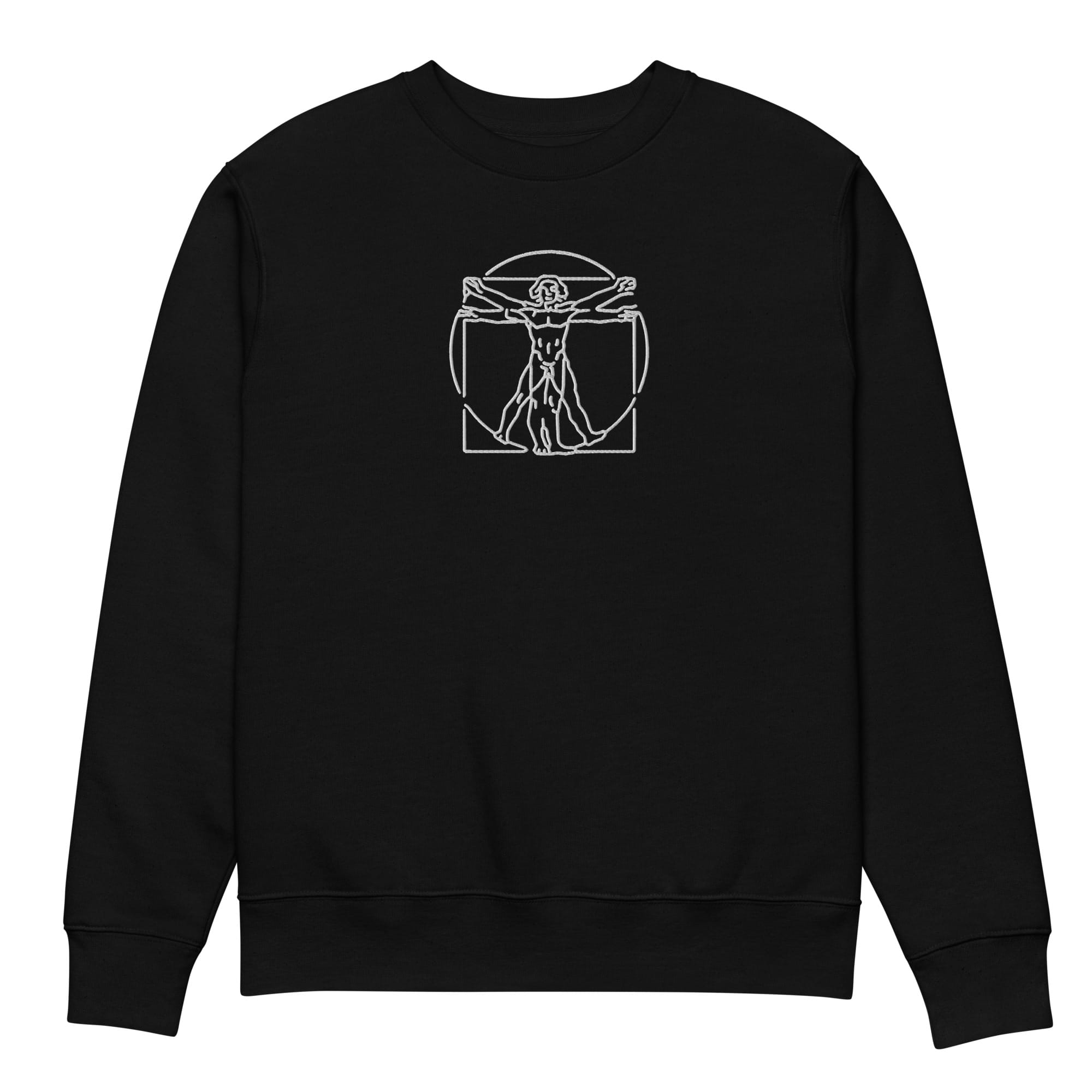
Vitruvian Man Embroidered Sweatshirt
Organic Cotton Unisex Line Art Streetwear
A structured reinterpretation of Leonardo’s most famous diagram—reduced to pure linework and sewn for permanence.




